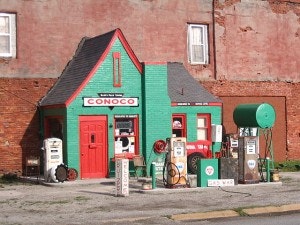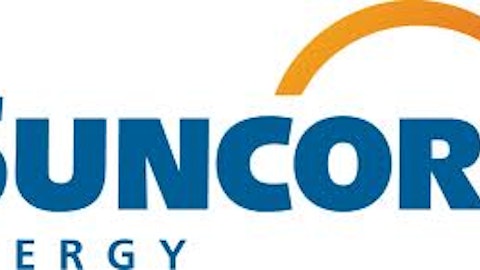When it comes to investment analysis, talent is overrated. Don’t misunderstand me; investors should always seek to hone their analytical capabilities in order to arrive at better conclusions, but the value of analysis is not what it seems.
The most basic analytical skill is the ability to read and understand SEC filings, including financial statements and their footnotes. Every investor who has had long-term success likely knows how to do this. The most important analytical skill is the ability to ask the right questions; asking the right questions leads down the path to understanding an investment, whereas asking the wrong questions can lead to a complete misunderstanding of the opportunity at hand. Similarly, a large part of analytical skill involves sorting information: knowing where to find information, determining which information is relevant, understanding how all of the relevant information fits together to form a high-level view of the potential investment.

Analytical ability is crucial to the long-term success of any investor, but its value pales in comparison to the value derived from a sound investing philosophy; analytical ability is useless unless combined with a consistent set of strong principles.
Principles guide analysis
If I were to ask you what your investing principles were, would you be able to list them? If not, I urge you to consider developing them. Look at any group of prominent investment managers; though the principles may vary from one to the next, each follows a set of rules that guides all investment decisions. A solid set of principles affords investors a sanity check; after performing a deep-dive analysis, investors can come up for air and test their conclusions against the set of rules all investments must abide by.
Here are my investing principles as an example:
1. Invest in companies that I can understand — Anyone can understand how a company operates and how its products work if they spend enough time trying to figure it out. But that’s not what I mean when I look for a company I can understand. I want to understand what the company will look like five or 10 years down the line. I want to be able to look back over the past decade or two to understand how the company made money in the past and be reasonably confident that it will continue to make the same products and similar profits in the future. This requirement excludes most stocks from consideration; most companies simply do not have durable competitive advantages that would allow me to understand where the company will be a decade from now, or they are diversifying into segments where the company holds no competitive advantage.
2. Invest with a margin of safety — Unlike Benjamin Graham, I do not think about margin of safety in terms of an x% discount to intrinsic value. I think about margin of safety in terms of a low risk of catastrophic loss, a high probability that the investment will return 10%+ annualized over my holding period, a strong balance sheet, capable management, and the like.
That’s it. My philosophy is that simple. Invest with a margin of safety in companies that I can understand. However simple, this is the most valuable aspect of my investment process; my principles guide my analytical process.
Applying sound principles improves investment decisions
Without principles, I would have no idea where to begin my analysis.
For instance, I paid close attention when Warren Buffett bought ConocoPhillips (NYSE:COP) in 2008. At the time, the price of oil was skyrocketing; it was far from certain that the price of oil would ever again retreat below $100 considering the plethora of gloomy predictions about the world’s oil supply. Oil & gas companies were earning enormous profits.
However, when analyzing COP, I determined that not only did the company lack a durable competitive advantage, there was also the strong potential for a catastrophic decline in earnings should the price of oil fall to the price at which it traded just a few months prior to my analysis. Not only could I not understand COP’s business, I could not identify a margin of safety either. I quickly tossed the investment from consideration, which turned out to be a good decision.
